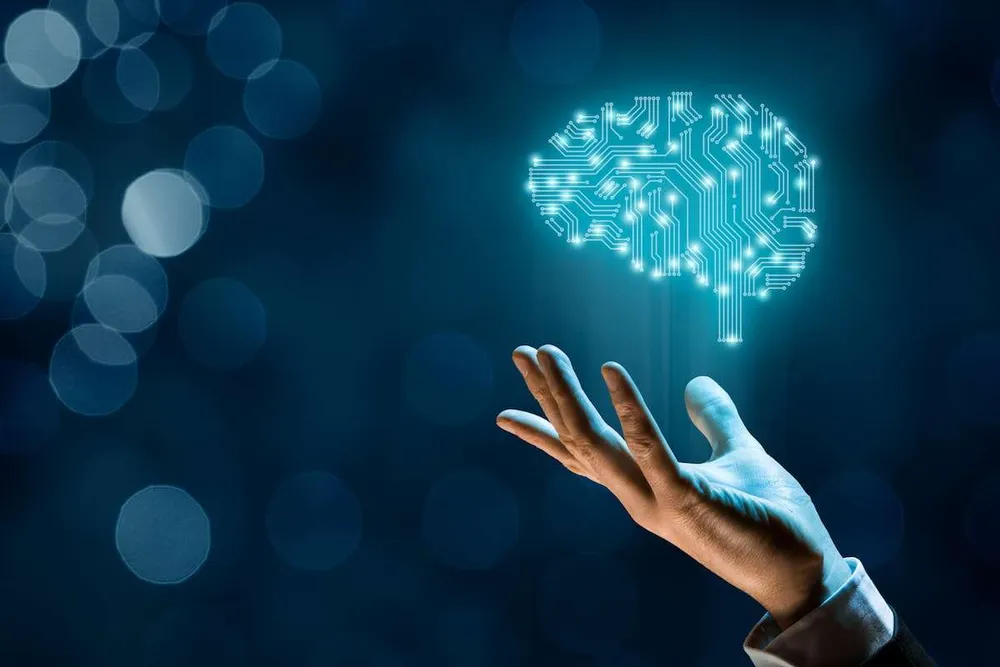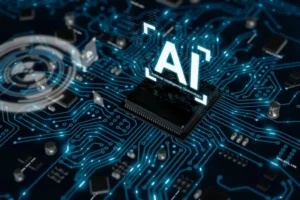Transformer Model Guide: What Is It and How It Works?

Firms have struggled with artificial intelligence (AI) solutions that fail to correctly identify the context of a conversation, leading to frustrated customers and diminished automation potential. Standard AI-ruled systems process text word by word, degrading natural language understanding (NLU). The transformer model addresses this fundamental issue by analyzing all text elements simultaneously and modifying how AI interacts with human language. Below, we’ll dive into what these systems are and the benefits of using them.
Transformer Models Explained
First, it is important to understand what is a transformer model in machine learning (ML). It is a category of neural network architecture that processes sequential data and is typically associated with large language models (LLM). Such solutions are also effective in other sectors of AI, including computer vision, speech recognition, and time series forecasting.
Transformer architecture first appeared in a 2017 paper by Vaswani and colleagues. Today, it is a game changer in deep learning. As the name of the article suggests, it is based on attention.
Standard neural networks that deal with sequences of data are usually based on an encoder/decoder pattern. The encoder collects and analyzes the entire input database, e.g., English text, and converts it into a mathematical set of symbols. This sequence is a summary that shows the essence of the input information. The decoder then takes the sequence and, in several steps, produces an output set of symbols, which can be the exact text translated into Spanish.
Such a procedure is done sequentially, meaning the system works with each word or element of the database separately. It is a slow process that can result in the loss of significant details on a large scale.
The transformer model enhances such a procedure by adopting self-attention mechanisms. The system no longer needs to process individual parts in order; it analyzes the text as a whole, highlighting the most essential elements.

We are confident that we have what it takes to help you get your platform from the idea throughout design and development phases, all the way to successful deployment in a production environment!
How do Transformer Models Work?
Let’s look at the primary components of any transformer architecture.
- Input. At this stage, raw data is converted into datasets that the model may work with. For example, spoken or written text is transformed into data, taking into account its syntactic and semantic features.
- Positional encoding. Transformers do not have a built-in identifier for positioning or input order. They are based on positional encoding, which provides information about the position of the input information. The system does not remember the word order in a sentence; positional encoding tells it this.
- Attention mechanism. The element allows the model to determine and track the importance of each detail in the database. Using a multi-headed system means that several engines work simultaneously, allowing the system to analyze different relationships between data and identify the most logical connections.
- Feedforward neural networks. In the next step, nonlinear neural systems transform the patterns discovered by the attention mechanism. Such neural systems allow transformers to explore multifaceted connections and features of datasets. They offer greater accuracy than the standard attention mechanism.
- Normalization methods. The normalization process is necessary to standardize or limit the considerable datasets it works with. It will protect the model from unrepresentative data and anomalies that can worsen the transformation procedure. Experts also employ normalization tools to mitigate issues with vanishing gradients when the training process becomes too complex.
- Output. At this stage, the model should make an accurate prediction and generate a correct answer. So, after processing documents, market conditions, and risk factors, the output layer can provide managers with a summary report based on the information, helping them make a quick and informed decision.
Transformer solutions are trained using masked language modeling technology, enabling them to predict missing elements of text and concentrate on relevant words.

Primary Advantages of Transformer Models
The popularity of the transformer model is due to their versatility. They are used for a wide range of tasks, from writing advertising text to analyzing genetic patterns found in DNA. Let’s consider other advantages of the systems.
- Working with LLM. An architecture processes long sequences completely with parallel computing, which reduces the training period and processing interval. It allowed interaction with LLM, including GPT, which explores complex language representations.
- Instant customization. The transformer enables the use of specialized tools, including transfer learning and advanced search generation. Such solutions enable you to customize existing systems tailored to specific industry firms.
Transformers have changed AI technologies and expanded the capabilities of ML. Their success inspired developers to explore new architectures and software that solves innovative problems.
Main Applications for Transformer Models
Transformer models have found wide applications, and we will consider the most promising areas.
- NLP activity. They can accumulate, process, understand, translate and reproduce human text almost in real-time.
- Financial and security properties. Transformers interact with significant financial and network datasets to search for and report anomalies. This allows you to identify and prevent possible fraud quickly.
- Imitation of AI entities. Advanced software, including bots, successfully includes language, analytical and summarizing functionality designed to form relationships with people.
- Pharmaceutical developments. Innovative models are useful in chemical and DNA research, accelerating the study and improvement of new effective drugs.
- Media creation. Such systems can create generative images, sounds, and video files, taking into account users’ wishes. Dall-E from OpenAI works according to this scheme.
- Programming processes. Transformers can form code elements, process and improve them and organize testing.
As architecture evolves, the areas of use for such models expand.
Main Challenges with Models and How to Address Them
The transformer model is a robust solution for NLP, but it can be challenging to train and deploy. Below, we will discuss the main challenges.
- Computational complexity. Such solutions are computationally expensive to build and adopt. It is because they require many parameters and huge datasets. Researchers continually refine algorithms to enhance their efficiency.
- Database requirements. Transformer systems require significant datasets to identify connections between words in a sentence. Researchers are developing new pre-training algorithms to address this issue.
- Interpretability. Transformer architecture is less interpretable than other solutions, including logic regressions and decision trees. Therefore, it is difficult to understand why the tool makes specific predictions. Researchers are now working to make the systems more interpretable.
We now know how the transformer works and recognize it is a cutting-edge technology in NLP. Its results, which are based on self-attention mechanisms, look promising, and it also eliminates the difficulties associated with parallelization. Even Google uses the BERT LLM, based on transformer algorithms, to pre-train applications to deal with standard NLP scenarios.
Top Articles
Container vs VM (Virtual Machines): How Do They Differ?
I am here to help you!
Explore the possibility to hire a dedicated R&D team that helps your company to scale product development.






